 St. Carlo Acutis
St. Carlo Acutis
Explore the Saints
St. Laurence O’Toole
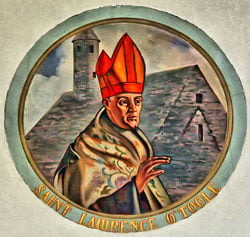
St. Laurence O’Toole was archbishop of Dublin, Ireland, and a great force for peace during a tumultuous time.
He was born 1128 and named Lorcán Ua Tuathail (his name is anglicized to Laurence O’Toole). He was the son of Murtagh, the chieftain of the Murray clan. When a neighboring king invaded, Murtagh was forced to give up Laurence, then only ten years old, as a hostage.
For two years, Laurence lived in a barren and stony region and was poorly treated. When Murtagh heard of this, he threatened vengeance unless the boy was handed over to the Bishop of Glendalough. Laurence was delivered to the bishop, and Murtagh hurried to visit him there. In thanksgiving, Murtagh vowed to God that one of his four sons would serve the Church. He asked the bishop to cast lots to decide which son should join him, but Laurence laughed and told him not to bother—he had already decided to do so.
Laurence was raised and educated by the bishop, and when he turned twenty-five, he was asked to be the Abbot of Glendalough Abbey. Laurence was a charitable and wise leader. When a famine struck the area during his first four months as abbot, he generously supported the villagers with extra food from the abbey.
Outlaws and robbers hid in the hills surrounding Glendalough and often threatened anyone who traveled through them. Laurence boldly spoke out against these robbers, and they responded to his rebukes by spreading lies about him. Laurence responded to the slander with silence, content to let the truth bear itself out.
When the archbishop of Dublin died in 1161, Laurence was elected to replace him, his election was supported by the High King and the community of Glendalough, but also warmly welcomed by the population of Dublin itself. Laurence’s first plan of action in the city was to reform the clergy who worked with him in Dublin. Laurence asked the clergy to truly commit to a life of regular prayer and fasting, and he led the clergy in these disciplines with his own example—he wore a religious habit, ate with the clerical community in a common dining area, and observed hours of silence and vigil prayer. Every day, Laurence shared a meal with the poor and destitute of Dublin, and he sustained many others by paying for their housing.
Various Irish kings and chieftains allied with the Norman King Henry II of England and conspired to seize Dublin. The citizens of Dublin begged Laurence to parlay with the Norman troops for them, but Laurence was unable to prevent the Normans from entering the city. He did, however, succeed in stopping the massacre of Dublin citizens the Norman knights were beginning to carry out. In the ensuing years of political turmoil, Laurence continued to negotiate between the Normans and the Irish chieftains.
During one trip to England, Laurence visited the tomb of St. Thomas Beckett, who was murdered for disagreeing with the king and honored as a martyr. The next day, as Laurence was celebrating Mass, a man attending Mass thought Laurence would inspire the people as a martyr as well, and struck him on the head. Laurence fell to the ground, and the horrified congregation thought he had died. When Laurence regained consciousness, however, he washed the wound on his head, bandaged it, and continued with Mass. The man who struck him was sentenced to hang, but Laurence asked for his pardon and saved his life. (Seven hundred years later, when Laurence’s relics were examined, his skull carried the mark from this blow.)
Laurence fell sick while traveling to England to meet with Henry II and returned to Ireland in very critical condition. Before he died, Laurence was asked what he wanted to leave to his heirs in his will, and he replied, “God knows I have not a penny in the world.” Laurence had truly embodied the care and stewardship of a shepherd and had given all he had to his beloved people of Dublin. Laurence died on November 14, 1180.
St. Laurence O’Toole, Irish bishop who endured violence to lead the Irish people to deeper faith—pray for us!
Image Credit: Our featured image of St. Laurence is used with permission from Catholic Online. Last accessed October 10, 2024.
Search Saints
 St. Carlo Acutis
St. Carlo Acutis
 St. Joseph of Cupertino
St. Joseph of Cupertino
 Sts. Anne and Joachim
Sts. Anne and Joachim
 St. Robert Bellarmine
St. Robert Bellarmine
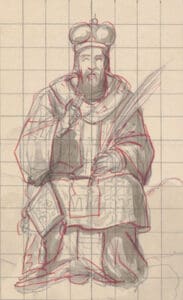 Sts. Cornelius and Cyprian
Sts. Cornelius and Cyprian
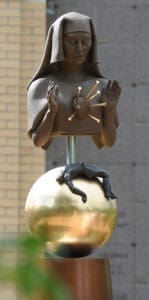 Our Lady of Sorrows
Our Lady of Sorrows
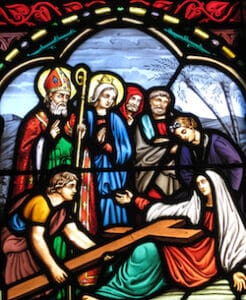 The Exaltation of the Holy Cross
The Exaltation of the Holy Cross
 St. John Chrysostom
St. John Chrysostom
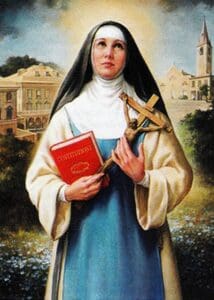 Blessed Victoria Strata
Blessed Victoria Strata
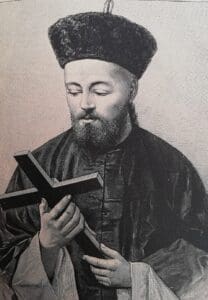 St. John Gabriel Perboyre
St. John Gabriel Perboyre
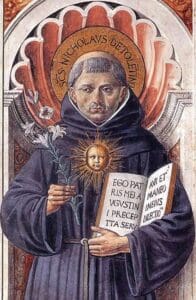 St. Nicholas of Tolentino
St. Nicholas of Tolentino
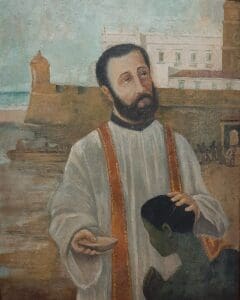 St. Peter Claver
St. Peter Claver
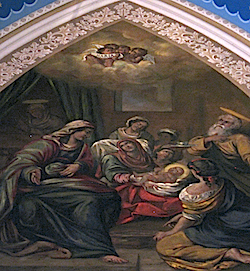 Feast of the Birth of Mary
Feast of the Birth of Mary
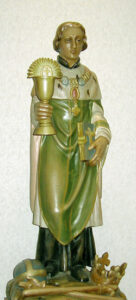 St. Cloud
St. Cloud
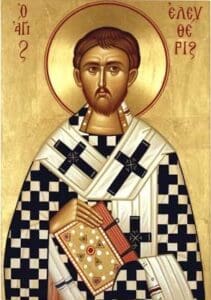 St. Eleutherius
St. Eleutherius
 St. Teresa of Calcutta
St. Teresa of Calcutta
 St. Rose of Viterbo
St. Rose of Viterbo
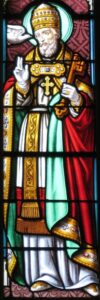 Pope St. Gregory the Great
Pope St. Gregory the Great
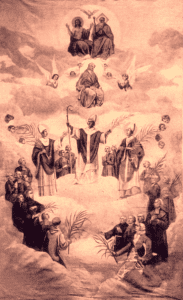 Blessed Jean-Marie du Lau and the Martyrs of September
Blessed Jean-Marie du Lau and the Martyrs of September
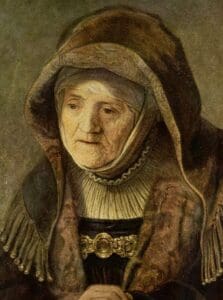 St. Anna the Prophetess
St. Anna the Prophetess
 St. Pammachius
St. Pammachius
 Feast of the Beheading of John the Baptist
Feast of the Beheading of John the Baptist
 St. Augustine
St. Augustine
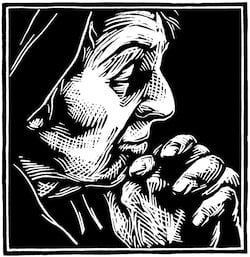 St. Monica
St. Monica

